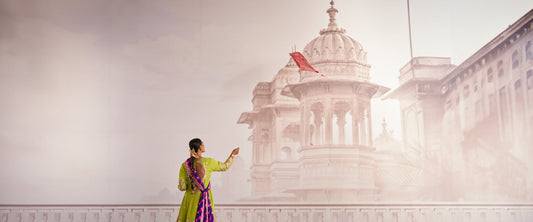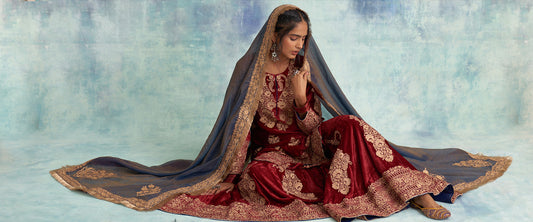Heena Kochhar: Uplifting Fashion Grace with Designer Salwar Suits; Punjabi Salwar Suits for Weddings
Fashion is an ever-evolving art, but some classics never fade. The designer salwar suit is one such masterpiece that continues to redefine ethnic fashion with its timeless...
View details
Drape, Dazzle, and Shine: Heena Kochhar’s Best Party Wear Salwar Suits
Regarding ethnic fashion, nothing speaks of elegance and grace like a beautifully crafted Designer salwar suit. A perfect blend of tradition and modernity, these outfits are...
View details
PARANDIS: To Weave Love In Hearts
Do you have a wedding to go to tomorrow? Or are you simply having a bad hair day and the salons are shut again because...
View details
GOTA PATTI
Out of the abundance of ethnic Indian outfits available at Heena Kochhar, most of the items encompass Gota Patti, Dori embroidery or...
View details
AARI EMBROIDERY
On our journey to help our customers cultivate an understanding about the different needleworks done on Heena Kochhar outfits, the next...
View details












